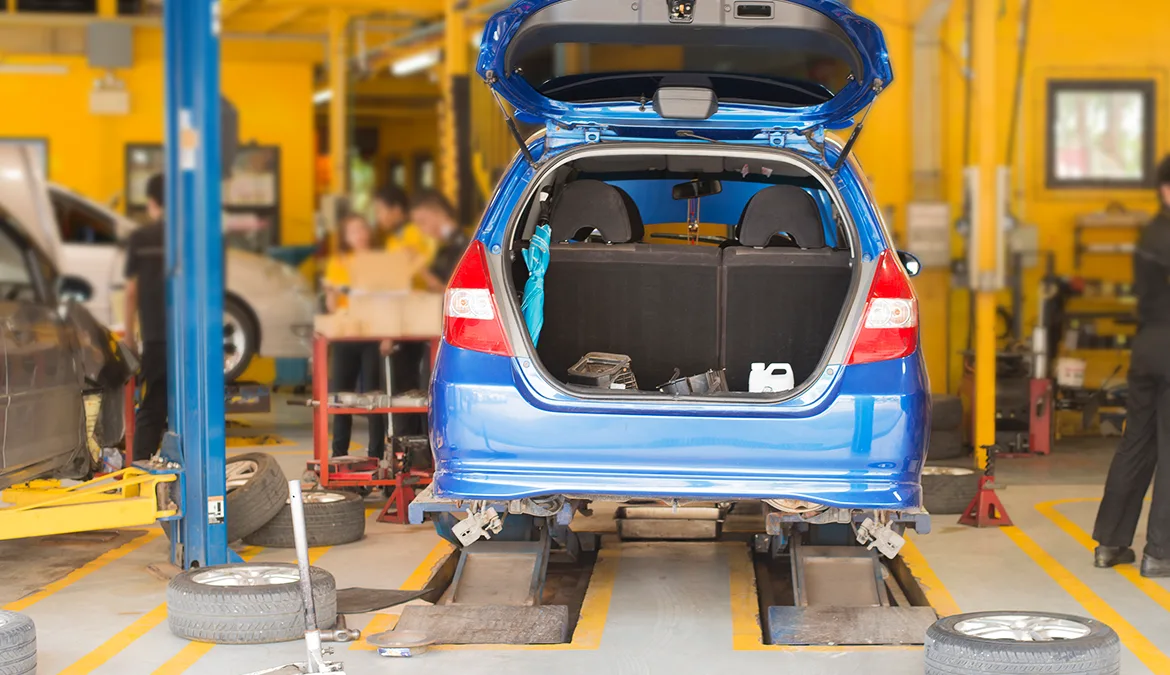How to Register a Salvage Car

If you’re looking to purchase your next car at a great price, you should consider purchasing a salvage car. The term salvage means that the car has been deemed a total loss by the insurance company typically because the damage exceeds a certain portion of the car’s market value. This does not mean that a salvage vehicle is a bad purchase though! In fact, salvage vehicles can offer you a great way to get into the car of your dreams with much lower upfront costs than a new car. Before purchasing though, it’s important to understand the process of registering it and getting it back on the road. This guide will walk you through the steps involved in registering a salvage car.
What Is a Salvage Vehicle?
A salvage vehicle is a car that has been issued a salvage certificate by an insurance company. A salvage certificate will usually be issued when a car has been damaged in an accident, fire, flood, or other incident to the point where repairing it would cost more than its actual cash value. Junk vehicles are a type of salvage vehicle that are so heavily damaged that they are not considered repairable.
What Is The Difference Between Salvage and Rebuilt Title?
A car with a salvage title cannot legally be driven. If you want to drive a salvage vehicle, you first need to repair the vehicle. Once you do so, your car can receive a rebuilt title to show that the car meets the safety standards set by your state. This title means you can legally drive the vehicle. You’ll need to repair the vehicle to a safe condition and pass a state inspection in order to obtain a rebuilt title.
Important Considerations Before You Begin
Before you buy a salvage car, it’s crucial to understand the following:
- State Requirements: Every state has its own regulations regarding the registration and titling of salvage vehicles. These regulations can vary from state to state, so it’s important to consult your state’s Department of Motor Vehicles (DMV) website or handbook for the specific requirements in your area.
- Verification of Ownership: Ensure you have a valid proof of ownership from the seller, typically in the form of a salvage certificate.
- Repair Expertise: Salvage vehicles often require significant repairs. Be sure you have the skills and resources to properly repair the vehicle, or make sure you can find a qualified mechanic to do the job for you.
The Salvage Vehicle Registration Process
Here’s a general breakdown of the steps involved in registering a salvage car and obtaining a rebuilt title:
- Buy the Vehicle: Locate a reputable seller of salvage vehicles. Some states may require you to have a dealer’s license to purchase a salvage car directly from an auction or salvage yard. Online marketplaces like AutoBidMaster can help you find salvage vehicles and may not require a dealer’s license for purchase.
- Assess the Damage: Once you’ve purchased the car, thoroughly assess the damage. The insurance company’s original estimate (if available) can be a helpful starting point. Consulting with a certified mechanic is highly recommended to get a detailed understanding of the repairs needed and the associated costs.
- Repair the Vehicle: Using the information from your assessment, begin repairs on the vehicle. Keep all receipts for parts and labor, as well as photos documenting the repair process. These will be crucial documentation during the inspection phase.
- DMV Inspection: Contact your state’s DMV to schedule an inspection for the repaired vehicle. Each state has its own checklist for what inspectors will look for, so make sure you’re familiar with the specific requirements in your area. Since the car cannot be driven legally yet, you will likely need to arrange to have it towed to the DMV inspection station.
- Apply for a Rebuilt Title: Assuming the vehicle passes inspection, the inspector will provide you with documentation indicating the car is eligible for a rebuilt title. You can then submit an application for a rebuilt title to your state’s DMV, along with any required fees.
Additional Tips
- Salvage Title vs. Rebuilt Title: It’s important to remember that a salvage vehicle cannot be registered or driven on public roads until it receives a rebuilt title.
- Registration Fees: Be prepared to pay any applicable registration fees associated with obtaining a rebuilt title. These fees can vary depending on your state.
- Insurance: Obtaining insurance for a salvage vehicle with a rebuilt title may be more difficult and expensive than for a car with a clean title. Shop around with different insurance companies to find the best coverage and rates.
By following these steps and carefully considering the unique circumstances surrounding salvage vehicles, you can increase your chances of successfully registering a salvage car and getting it back on the road legally. For more information and to find the desired salvage vehicle for your needs, check out AutoBidMaster’s catalog today and start your journey toward owning a quality, road-ready car!
- The Advantages of Salvage Car Parts - November 3, 2025
- Buying Salvage Cars: What to Expect on Auction Day - May 22, 2025
- Is Buying a Hail Damage Car Worth It? A Detailed Guide - December 2, 2024